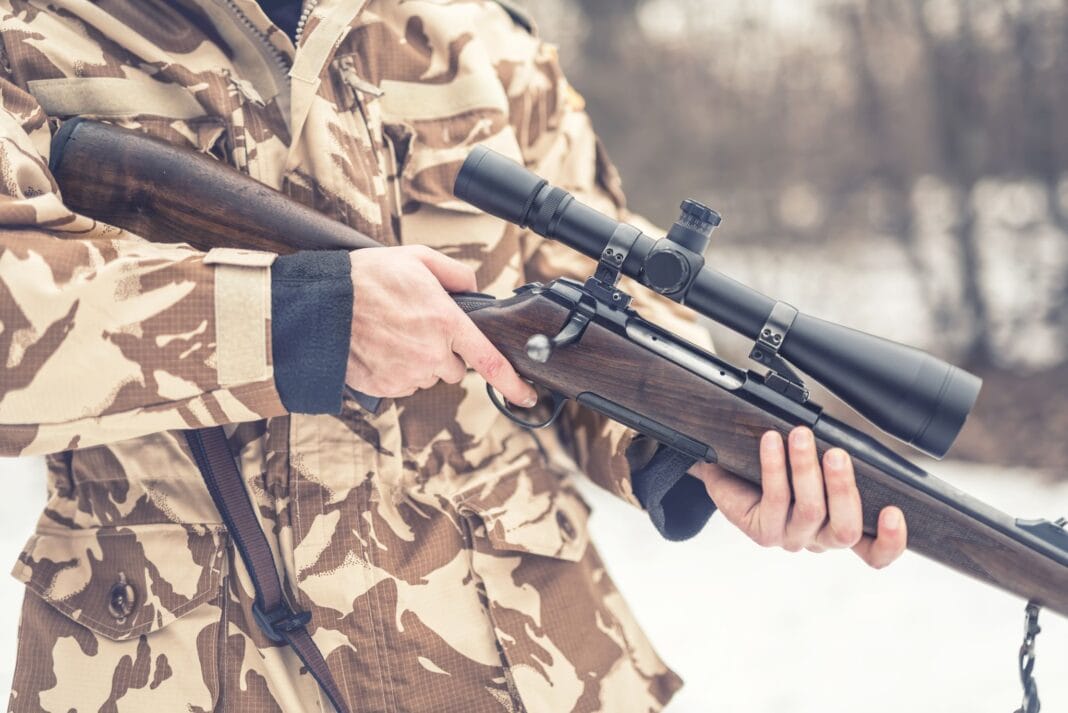Hunting in extreme weather conditions can be a challenging yet rewarding experience for any avid hunter. The thrill of the hunt is magnified by the intense elements, whether facing biting cold, sweltering heat, or torrential rains. However, to ensure both safety and success, it’s essential to be well-prepared. This guide will provide you with crucial information and tips for hunting in harsh conditions.
Understanding the Challenges
Extreme Cold
Hunting in extreme cold poses significant challenges, including hypothermia, frostbite, and decreased equipment functionality. It requires special gear, increased calorie intake, and knowledge of the warning signs of cold-related ailments.
Extreme Heat
Hunting in hot temperatures can lead to dehydration, heat exhaustion, and heatstroke. Ensuring proper hydration, sun protection, and understanding heat illness symptoms is critical.
Heavy Rain and Storms
Hunting in heavy rain or thunderstorms presents issues like reduced visibility, slippery terrain, and the risk of hypothermia. Proper gear, navigation skills, and a solid understanding of weather patterns are key components for safety.
Essential Preparations
Research and Planning
Know the Area
Familiarize yourself with the hunting area. Use topographical maps and GPS devices to scout the location and identify possible escape routes or shelter spots in case of emergency.
Weather Forecasts
Stay updated on weather forecasts not just at the start of your trip but throughout. Sudden weather changes can occur, so having access to real-time weather updates is crucial.
Proper Gear and Clothing
Clothing
- Layering System: Use a layering system to adapt to changing temperatures. Consider moisture-wicking base layers, insulating middle layers, and waterproof outer layers for cold or rainy conditions.
- Heat Gear: In warm climates, wear light-colored, breathable clothing and a wide-brimmed hat to protect from the sun.
Equipment
- Shelter and Sleeping Gear: Carry lightweight tarps or bivy sacks for emergency shelters. In cold weather, opt for sleeping bags rated for sub-zero temperatures.
- Hunting Gear: Ensure your firearms and other hunting equipment are weather-resistant. Maintain them regularly as extreme temperatures can affect their functionality.
Safety and Survival Essentials
First Aid Kit
Carry a comprehensive first aid kit tailored for dealing with weather-related injuries and conditions such as frostbite, heatstroke, or insect bites.
Hydration and Nutrition
- Water Supply: Always carry a sufficient water supply and a portable water filter, especially in hot conditions.
- High-calorie Foods: Pack energy-dense foods like nuts and protein bars to meet your increased caloric needs during cold-weather hunting.
Adapting Techniques to Weather Conditions
Cold Weather Hunting Strategies
- Movement and Positioning: Stay active, but avoid sweating to prevent a dangerous chill. Use insulated hunting blinds or tree stands for comfort and concealment.
- Tracking: Snow can make animal tracks more visible but also makes your movement noisier. Move slowly and deliberately to minimize noise.
Hot Weather Hunting Strategies
- Timing: Hunt early in the morning or late in the afternoon when temperatures are lower.
- Hydration Breaks: Schedule regular hydration breaks to prevent overheating.
Rainy Weather Hunting Strategies
- Visibility: Use the cover of rain to your advantage by getting closer to prey. The sound of rain can muffle your movements.
- Navigation: Use a reliable GPS or compass as landmarks can become obscured in heavy rain.
Hunting in extreme weather conditions demands thorough preparation, the right gear, and a strong awareness of your environment and physical condition. While it poses unique challenges, it also offers unparalleled experiences and rewards, testing the limits of your skills and endurance. Equipped with the right knowledge and preparations, you can pursue your hunting passion safely and successfully, regardless of the weather.


